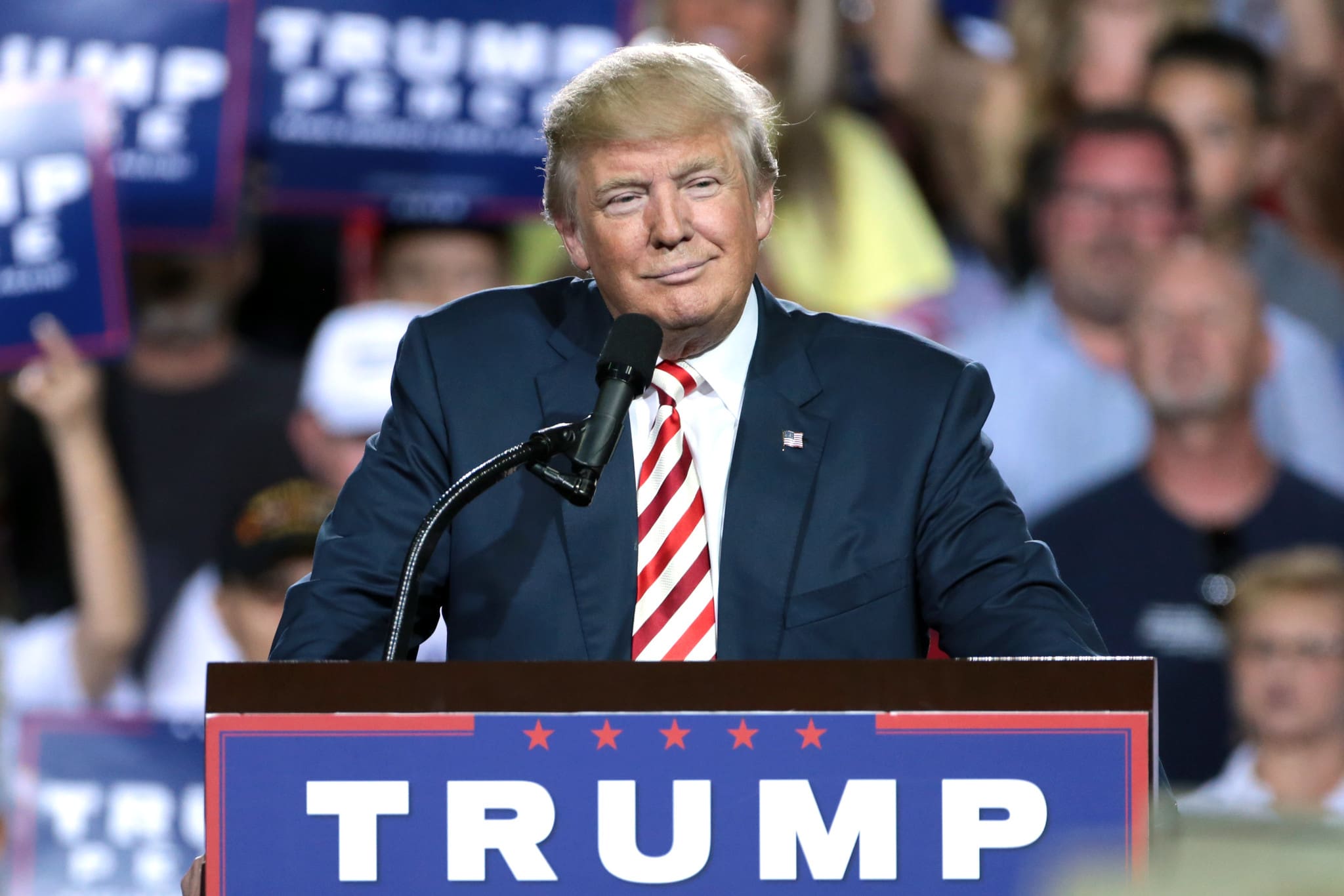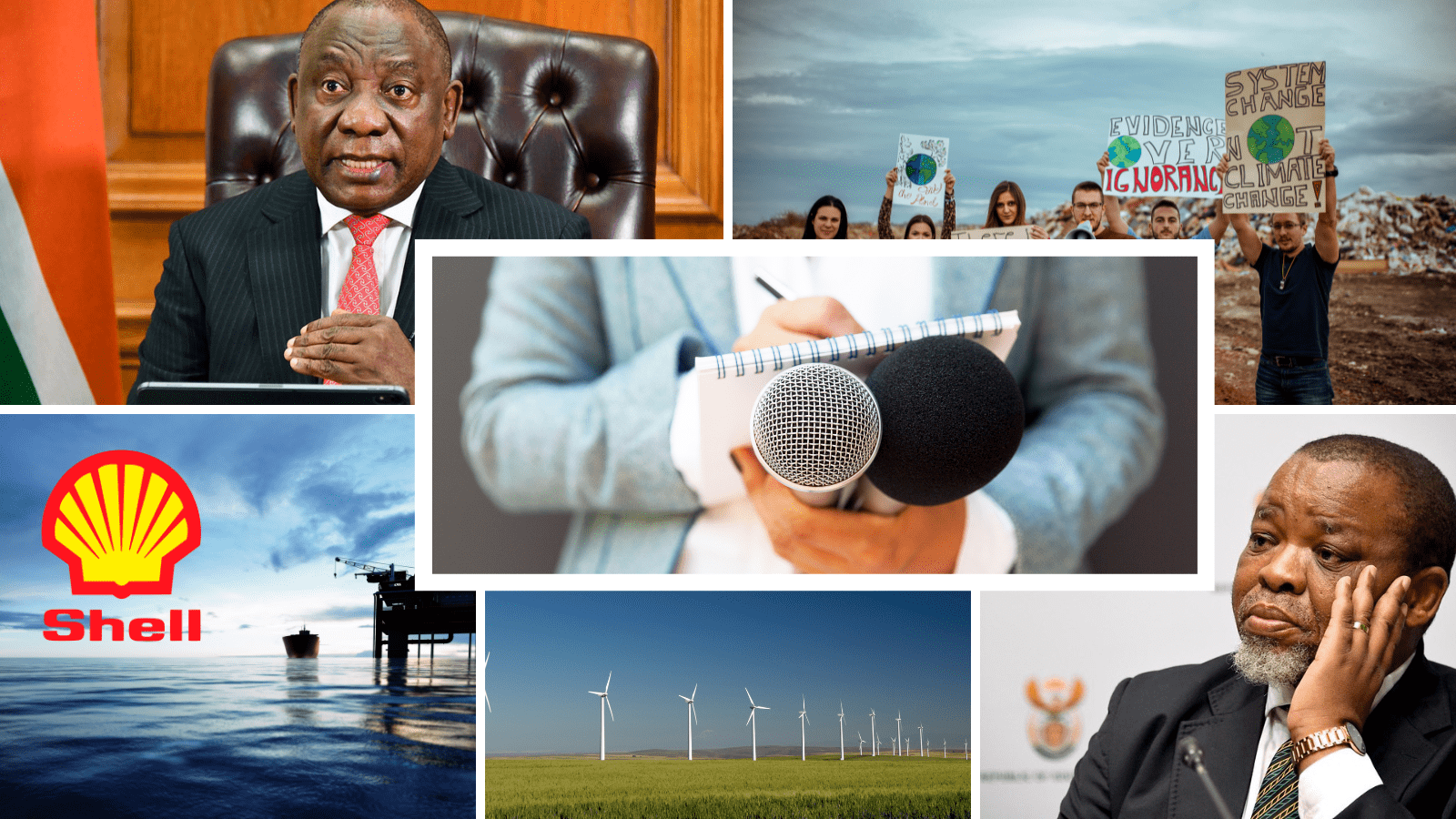If you’ve been struggling to keep up with the Trump administration’s tariff saga, you’re not alone.
In the span of a few weeks, the US has gone from introducing sweeping new import tariffs to backtracking on them before threatening to reimpose them under different guises. The result? Global economic confusion, rising costs for tech gadgets, and serious concerns for countries like South Africa, which now face major losses.
Tariff tantrums and trade wars have a global impact
US President Donald Trump’s “Liberation Day” tariffs, introduced on 2 April, shook global markets. Aimed at correcting trade deficits and boosting domestic manufacturing, the tariffs included a 10% baseline tax on most countries, with sharp increases for other countries (including South Africa). Other countries were hit a little bit harder, with a punishing 145% eventually slapped on Chinese imports following an escalating trade war.
Within hours, stock markets dropped sharply, prompting panic among investors and businesses worldwide. In a dramatic turn of events, Trump appeared to hit pause on the most extreme measures just days later, especially those targeting consumer electronics like smartphones, laptops and chips.
After the Trump administration walked back tariffs on consumer electronics like smartphones, laptops, and semiconductors, the markets lifted. But on Monday, 14 April, Trump contradicted his own team, saying, “NOBODY is getting off the hook,” and announced a new set of semiconductor-specific tariffs under a so-called “National Security Tariff Investigation”.
Commerce Secretary Howard Lutnick added to the confusion, stating the electronics were “exempt from the reciprocal tariffs but they’re included in the semiconductor tariffs, which are coming in probably a month or two.”
Analysts warned that a China-made iPhone 16 Pro Max could jump from $1,199 to $2,150 under the new tariffs, a whopping 79% price hike. Meanwhile, Apple has reportedly chartered flights from India to dodge the levies, and Sony hiked PlayStation 5 prices by 10% in markets like Australia and Europe.
The trade war with China is particularly heated. While Trump’s tariffs hit China with a 145% rate, Beijing responded with its own retaliatory tariffs of up to 84% and declared it would “fight to the end.” US consumer confidence has plummeted, with the University of Michigan’s Consumer Sentiment Index reporting an 11% drop in sentiment, the lowest in over a decade.
What does this mean for South Africa?
While the headlines have focused on the US-China duel, South Africa has been caught in the crossfire.
Trump’s 30% reciprocal tariff on South African goods initially came into effect before being paused for 90 days. But that’s little comfort. In 2024, the total South African goods exported to the US totalled $14.7 billion. These exports fell under the African Growth and Opportunity Act (AGOA) and were mostly automobiles and agricultural products. These industries now face steep levies or even exclusion from US markets. With AGOA under threat, so too are R138.8 billion worth of local exports and thousands of jobs.
A 30% tariff could knock 0.3 percentage points off South Africa’s GDP, which only grew by 0.6% last year. And with over 100,000 people employed in the automotive manufacturing sector, the risks to jobs are severe. Vehicles, like those made by BMW and Mercedes-Benz, for export to the US (which accounted for 6.5% of South Africa’s automotive exports in 2024) are especially vulnerable.
Amith Singh from Nedbank Group summed up the mood, stating that even though manufacturers knew it was coming, they didn’t know the full extent. “Now they’re like deer in the headlights,” he said. Local companies are pivoting to alternative markets across Africa, from Ghana to Egypt, as they “control the controllables.”
What’s next?
While Trump’s tariff pause has given countries a temporary reprieve, it’s unclear whether the tariffs will be reinstated or replaced by something even more severe.
In the end, Trump’s tariff zig-zags are not just rattling Wall Street. They’re shaking supply chains, trade agreements, and economies around the world. For South Africa, the uncertainty couldn’t come at a worse time. With AGOA hanging in the balance and billions in exports on the line, the country faces a pivotal moment. The next few months will be critical in determining whether South Africa can safeguard its US trade ties or whether it’s time to chart a new course.
Emma is a freshly graduated Journalist from Stellenbosch University, who also holds an Honours in history. She joined the explain team, eager to provide thorough and truthful information and connect with her generation.
- Emma Solomon
- Emma Solomon




